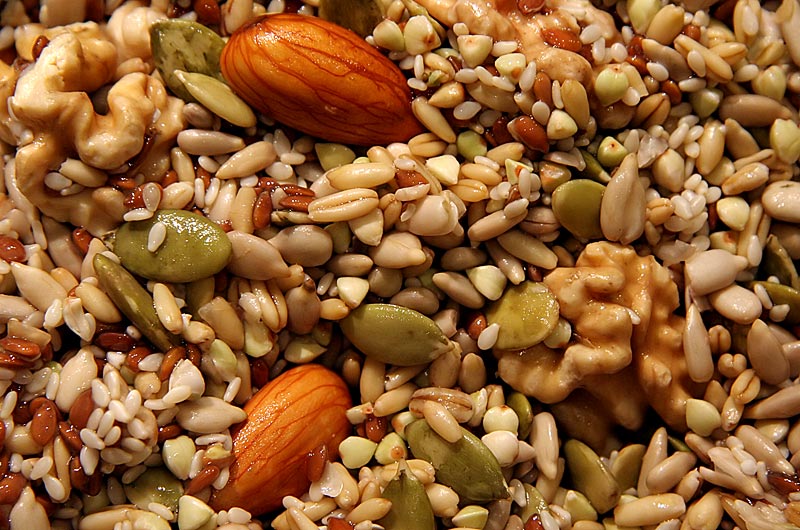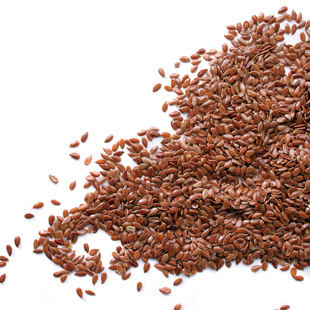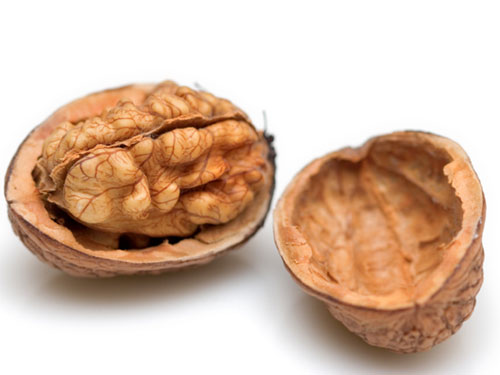Difference Between Seed and Nut

Nuts and seeds are two items that are often confused, and are frequently considered to be two names for the same thing. However, they are two completely different parts of a plant, and everything from their production to their uses, besides culinary uses, varies a great deal.
A seed is the unit of reproduction of a flowering plant, and is in the form of grain. Every seed, edible or non-edible, is capable of developing into a new plant of the same family. Nuts can have, at the most, two seeds, that may or may not be able to grow into a new plant. Seeds are always smaller in size as compared to nuts. The former are a rich source of protein, vitamin B, minerals, fat and dietary fibers, while the latter are rich in protein, vitamins, and minerals, but lack dietary fiber.
Instructions
-
1
Seed
A seed is the propagative part of a flowering plant, consisting of a small embryonic plant enclosed in the seed coat. A seed usually contains food or nutrients for the seedling that will form the embryo, and it keeps on nourishing the seedling until it is capable of producing its own food, via photosynthesis. A seed normally consists of three parts, the seed coat, the endosperm and the embryo or embryonic plant. The embryonic plant again consists of two parts, primitive root and leaves. Seeds are divided into two types on the basis of the number of leaves, monocot and dicot. Monocot seeds are the ones containing only one cotyledon or leaf, while dicot seeds are those with a pair of leaves.
A seed is produced through sexual reproduction, when a pollen grain containing sperm falls on the ovary of the flower and fertilizes with the egg present inside the ovary. Seed formation is usually the last stage during a plant’s reproduction process, and in most cases the plant dies after producing the seeds. The seeds are then sown in the soil, mostly during spring, and they require perfect conditions, sufficient amount of water and heat, to germinate. The germination period of seeds can range from one to seven, or even fourteen days.
Image courtesy: eatingwell.com
-
2
Nuts
Botanically speaking, a nut is defined as “a simple dry fruit with one seed (rarely two) in which the ovary wall becomes very hard (stony or woody) at maturity, and where the seed remains attached or fused with the ovary wall”. In the culinary context, a wide variety of dried seeds are often referred to as nuts, but in the botanical sense, only those including the “indehiscent” fruit are considered true nuts, and these do not open at maturity. Common nuts include almonds, walnuts, pecans and chestnuts.
Image courtesy: seriouseats.com







